My trival query take 3 seconds to return and requires a ton of reads according to SQL Profiler. Why?
I have a table filled with 5,000,000 accounts that are all geocoded points. All of the accounts are clustered within a 20 mile radius of a city. My index looks like so.
CREATE SPATIAL INDEX [IX_CI_Geocode] ON [dbo].[CustomerInformation]
(
[Geocode]
)USING GEOGRAPHY_GRID
WITH (
GRIDS =(LEVEL_1 = HIGH,LEVEL_2 = HIGH,LEVEL_3 = HIGH,LEVEL_4 = LOW),
CELLS_PER_OBJECT = 128, PAD_INDEX = OFF, SORT_IN_TEMPDB = OFF, DROP_EXISTING = OFF, ALLOW_ROW_LOCKS = ON, ALLOW_PAGE_LOCKS = ON) ON [PRIMARY]
GO
When I run a query as simple as the following:
DECLARE @g geography = geography::Point(41.848039, -87.96361, 4326);
DECLARE @region geography = @g.STBuffer(5000);
select count(0) from CustomerInformation ci WITH(INDEX(IX_CI_Geocode))
where ci.Geocode.STIntersects(@region) = 1
It takes 3 seconds to return and according to SQL Server Profiler it required CPU of 12,203 and Reads of 1,218,873. Those seem like huge numbers for using an index.
Why is this so slow? Why does this require reading from the hard drive so much? What can I do to improve the performance of this?
Looking at the query plan the Filter operator in the screenshot below is 34% of the cost of the query.

The "Clustered Index Seek" operator is 63% of the query.
